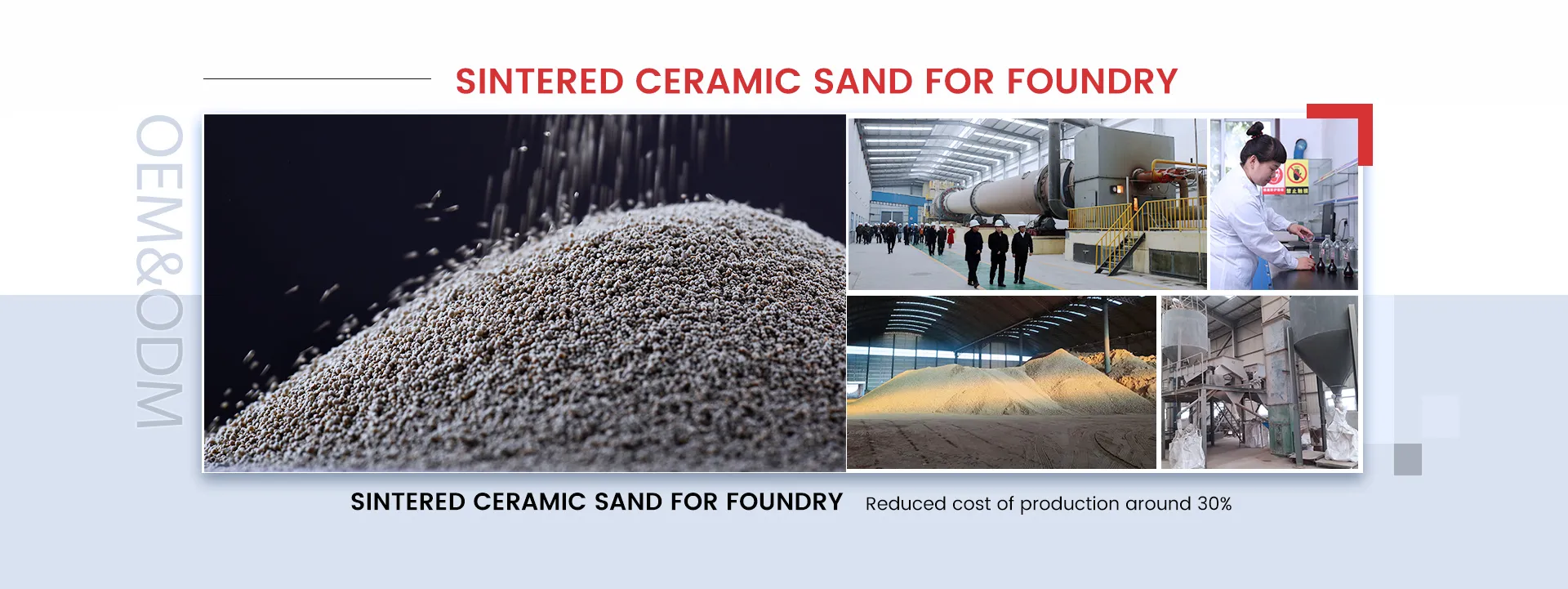Fine Casting Sand The Backbone of Quality Metal Casting
Fine casting sand plays a crucial role in the metal casting industry, serving as one of the primary materials used to create molds for various types of metal components. This specialized sand is characterized by its fine grain size, which allows for the intricate detailing and precision required in the casting process. Understanding the properties and benefits of fine casting sand can enhance the quality of metal castings, leading to improved production efficiency and better final products.
Composition and Properties
Fine casting sand is primarily composed of silica, although other materials such as clay, water, and additives may also be included to enhance its properties. The grain size of this sand typically ranges from 0.1 mm to 0.5 mm, making it fine enough to produce smooth surface finishes on castings. The silica content helps to ensure that the sand maintains its shape under high temperatures, which is critical during the pouring of molten metal.
Another important property of fine casting sand is its refractoriness, which refers to the sand's ability to withstand high temperatures without melting or breaking down. This characteristic is vital to ensure that the mold remains intact during the metal pouring process, preventing defects in the cast product. Additionally, the sand must possess permeability to allow gases to escape during the casting process, preventing defects such as gas porosity.
Benefits of Fine Casting Sand
The use of fine casting sand offers several advantages over other molding materials
. One of the most significant benefits is the ability to create intricate designs and detailed features in castings. The fine grain size allows for precise replication of patterns, which is particularly important in industries where aesthetic and functional details are critical, such as automotive and aerospace manufacturing.fine casting sand

Moreover, fine casting sand has excellent bonding properties when mixed with binders, enabling the creation of robust molds. This strength ensures that the molds can withstand the pressure of pouring molten metal, reducing the likelihood of mold failure. The durability of the molds produced with fine casting sand also contributes to a more efficient production process, as fewer mold replacements are needed.
Applications in the Industry
Fine casting sand is widely used in various metal casting applications, including iron, aluminum, and brass casting. Its versatility makes it suitable for both ferrous and non-ferrous metal castings, allowing manufacturers to produce a range of components, from engine blocks to intricate jewelry pieces. Additionally, as industries increasingly turn towards sustainable practices, fine casting sand can be recycled and reused, reducing the environmental impact of the casting process.
Challenges and Considerations
Despite its many advantages, the use of fine casting sand also presents certain challenges. For instance, the fine particles can create dust, leading to potential health risks for workers exposed to them. Therefore, proper safety measures and ventilation must be implemented in foundries to mitigate these risks. Furthermore, controlling the moisture content in fine casting sand is crucial, as excess moisture can lead to mold defects and affect the overall quality of the castings.
Conclusion
In conclusion, fine casting sand is an indispensable material in the metal casting industry. Its unique properties and benefits contribute significantly to the production of high-quality castings that meet the rigorous demands of various applications. By understanding and utilizing fine casting sand effectively, manufacturers can enhance their production processes, improve product quality, and stay competitive in a rapidly evolving market.
Post time:stu . 11, 2024 05:26
Next:Understanding the Benefits and Process of Lost Foam Casting in Modern Manufacturing
